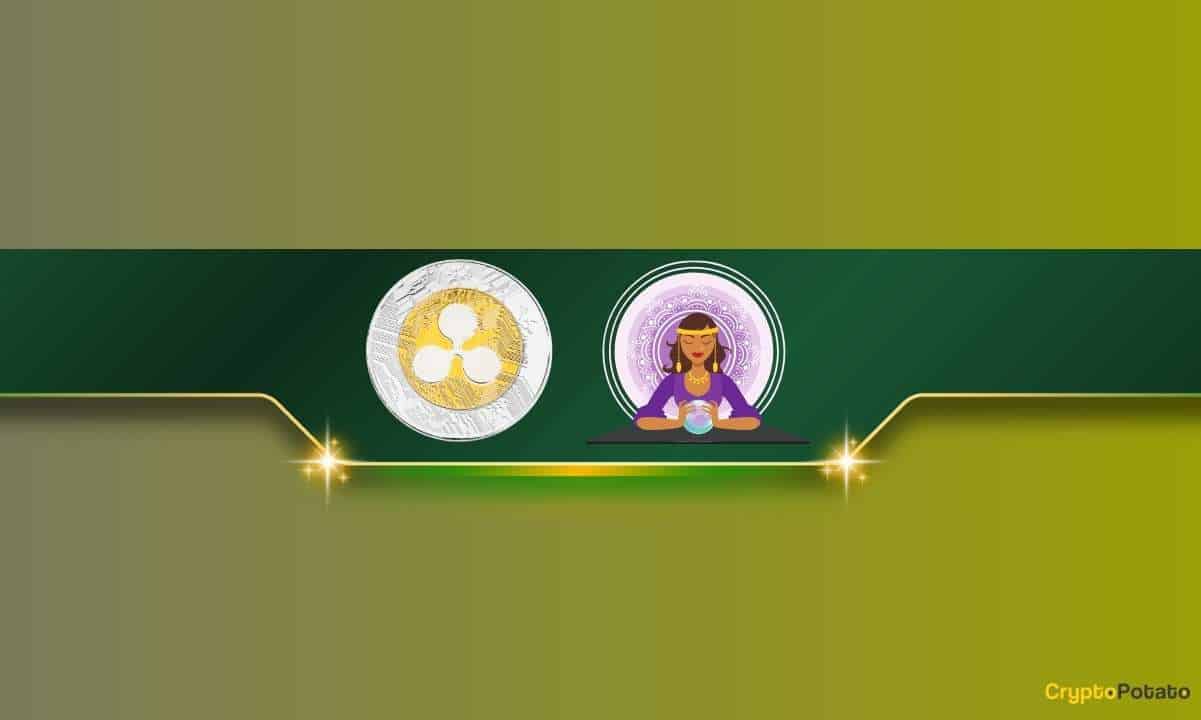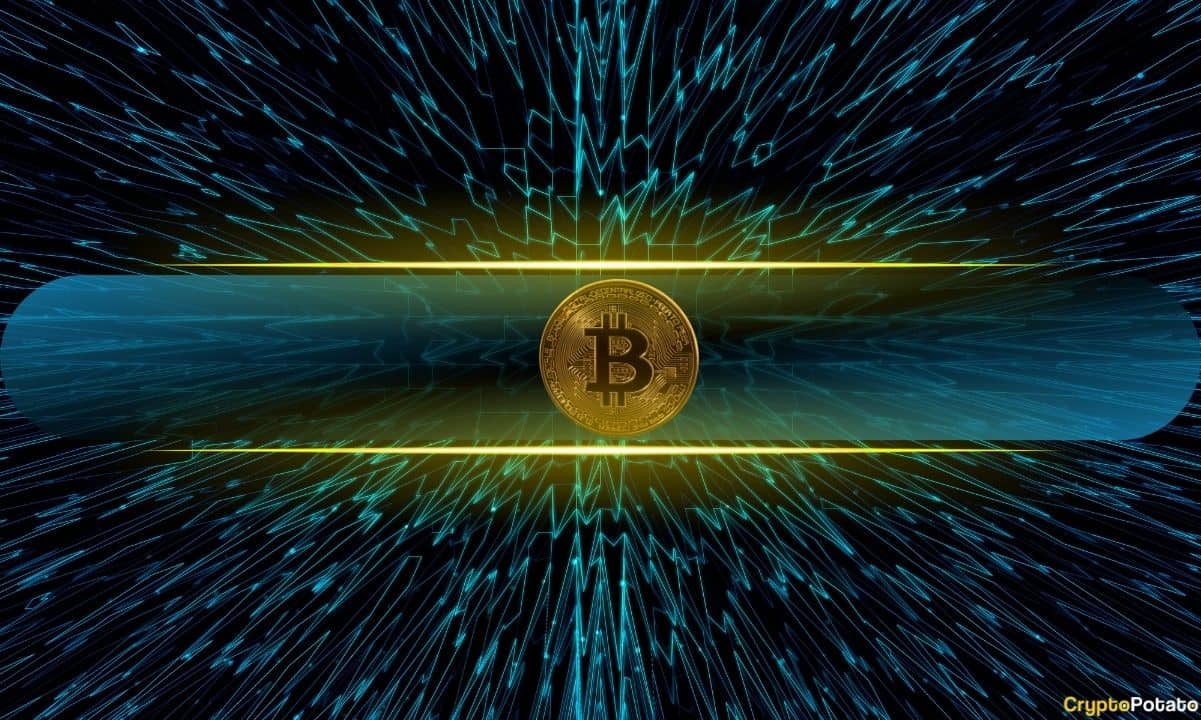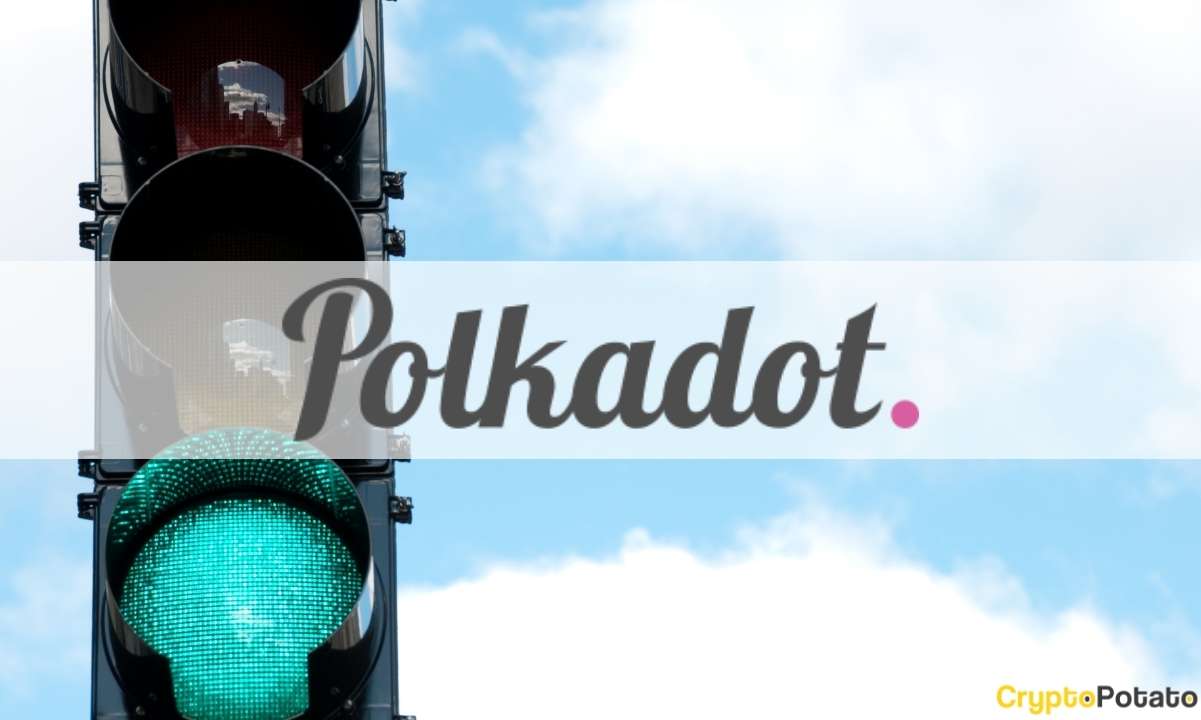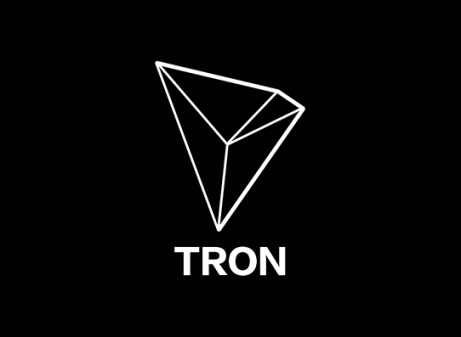What is Poloniex? Beginner’s Guide To The Veteran Crypto Exchange
Poloniex is a well-known veteran cryptocurrency exchange based in the United States. The exchange was acquired by Circle in a $400 million deal.
One of the unique things about Poloniex is that it doesn’t feature any fiat-to-cryptocurrency trading. Users aren’t able to trade their cryptocurrencies against fiat currencies. The ability to hedge does exist though, thanks to the stable coins (such as the Circle based USDC).
From a positive point of view, Poloniex has the largest abundance of cryptocurrency trading pairs, which is something crucial for crypto traders.
The overall experience of using Poloniex is somewhat simple. The exchange has an easy to understand user-interface which makes trading seamless and easy. Below, we take a complete look at how to open an account and how to begin trading on Poloniex.
Why open an account on Poloniex?
Variety: If you’re looking for a simple crypto-to-crypto exchange with an abundance of trading pairs and available assets, Poloniex is amongst the best exchanges.
Security: Poloniex is also recognized as a cryptocurrency exchange with a solid reputation. Despite being hacked back in 2014, the platform seems to have integrated the necessary security protocols. For the record, following the 2014 hack, Poloniex returned all the stolen funds to its users. This speaks volumes about the integrity of their management team.
Liquidity: Poloniex provides proper liquidity of more than $10 million traded daily (as of writing).
Put simply, Poloniex is a trusted exchange with a user-friendly interface which makes for a trading experience you will undoubtedly enjoy.
Poloniex
8.3
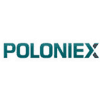
Pros
- Simple interface, great UI/UX
- Margin and Lending trading options
- Broad Range of Cryptocurrency Assets
- Owned by Circle
Cons
- No FIAT trading
- Speed could be better
How do you register and open a Poloniex trading account?
Opening an account with Poloniex is relatively straightforward. However, there is an ID verification process (KYC) that you have to go through if you want to access all the platform’s features fully.
Starting from the official Poloniex website (due to Phishing threats, always double check the URL), proceed to “Create an Account.” Upon clicking it, you’ll see the following screen:
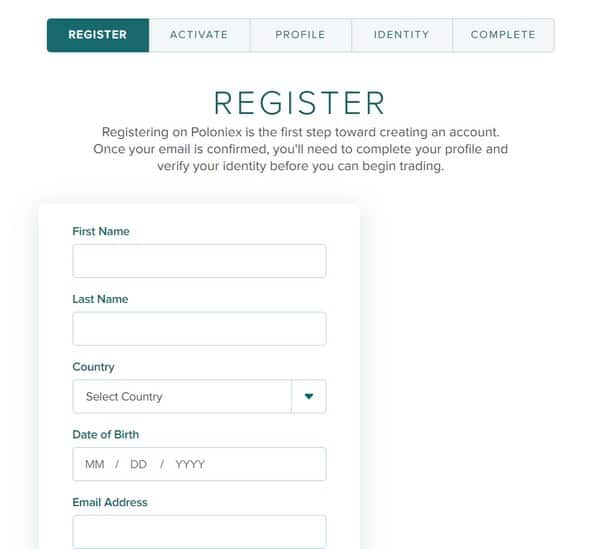
You have to input all the above details and once done; you’ll receive a confirmation email with an activation link.
Upon completing this, you’ll have to add some KYC information. Poloniex asks for a valid ID document such as a passport. As soon as everything is verified, your profile will be complete, and you’ll be ready to trade.
Note that you don’t have to provide your ID details to access the platform. However, you’ll be restricted in the actions you can take without having your ID verified.
How do you Trade on Poloniex?
Once you have your account set up, you’ll be able to start trading. To do so, naturally, you need to add some funds.
To deposit, click on the “Balances” button in the top right corner on your navigation menu. Note that Poloniex doesn’t allow you to deposit fiat currency as it is a strict cryptocurrency to cryptocurrency exchange.
By doing this, you’ll see a page with a list of all the available digital assets. It looks like this:

Choose the coin that you want to deposit and click the Deposit button. Note that this is also how you can withdraw your holdings.
As soon as you click on the deposit option, a new deposit wallet address will be generated.
Now that you have funds in your account, it’s time to start trading. From the top menu select “Exchange”.
Below is what should possibly appear on your screen
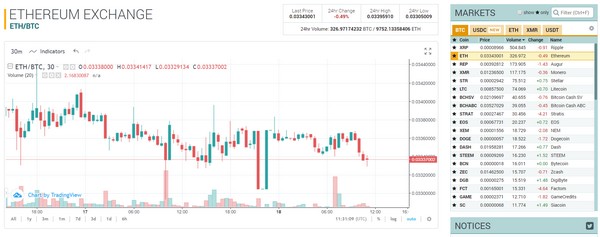
We say possibly because it matters what type of cryptocurrency you want to trade. On the right side, in the table, you can see that there are different markets that you can choose from. We’ve chosen BTC in our guide.
The next thing that you’ll notice is the big “Ethereum Exchange” sign on your top left. That’s because we’ve chosen to trade BTC against ETH. The main screen shows the chart; below there are three boxes – “Buy ETH,” “Stop-Limit,” and “Sell ETH..”

Enter the amount of the desired currency (in our case ETH) that you want to buy or sell, and the exchange will calculate its amount in BTC, make sure to set the price. The default is the best offer from the order book (which is shown on the right side). It will then create a Buy or Sell order, and as soon as your target prices are matched, the trade will be executed.
The middle box, the “Stop-Limit,” is an order to place a regular buy or sell order as soon as the highest bid or lowest ask price (depending on whether you are buying or selling) reaches a specified price. This enables the ability to place stop loss commands.
Poloniex Margin Trading
Margin trading is an option for more advanced traders. However, margins can be used to protect or hedge your portfolio.
To begin margin trading, you first have to transfer your funds which will be used as collateral from your Poloniex Exchange account to your Poloniex Margin account. The process happens instantly.
When you are using the margin trading feature, all of the money you use to trade is borrowed from other users who’ve offered their funds on a peer-to-peer basis (using Poloniex Lending). The funds in your account remain as collateral for your margin trades.
Naturally, when someone is lending you funds, you have to pay interest which is specified when you place your trade. You can open both long and short positions when margin trading at a rate of 2.5x.
This is what the Buy box looks like when margin trading:
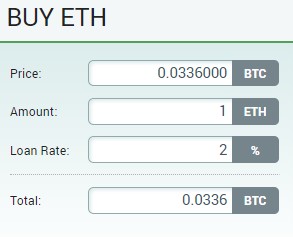
As you can see, besides the regular positions, you also have a loan rate – this is the interest rate for the loan that you’re taking.
As of October 2018, Poloniex has restricted margin trading for US-based customers due to regulatory compliance requirements.
Poloniex Lending
If you prefer to gradually earn interest on your funds instead of continuously trading with them, you can lend them to someone else who trades on margin.
Below is an example of how a simple DASH loan would look like when you’re creating it:

As you can see, you will be able to select the interest rate, the overall amount of the funds you are lending and the duration. You’d also be able to auto-renew it if you wanted to.
At some points throughout history the lending option was the best thing you could do with your crypto: On the day of the Bitcoin’s fork to Bitcoin Cash, lenders earned a daily interest rate of 5%!
So what’s the issue here? The funds used for lending have to be on the exchange (not recommended from security reasons), and in cases of hard forks, you won’t be rewarded the newly-forked coins for the funds used for lending.
Poloniex Fees
Poloniex has devised a fee structure for both market makers and takers. Naturally, makers pay notably lower fees (makers create new orders, takers take existing orders). The cryptocurrency exchange charges and deducts its fees on a per-trade basis. This is somewhat beneficial for the trader because the more volume he trades, the lower the fee is going to be on subsequent trades.
Depending on the traded volumes, market makers pay fees ranging from nothing to 0.10%. Market takers, on the other hand, pay fees ranging from 0.10% to 0.20%.
Poloniex also imposes withdrawal fees. They differ for each cryptocurrency you want to withdraw. Bitcoin, for instance, has a withdrawal fee of 0.0005 BTC.
Conclusion
Poloniex is a reliable cryptocurrency exchange which leans towards a more complex user-experience geared for more advanced traders. However, the interface itself is particularly enjoyable and simple.
The exchange provides all the necessary tools for a seamless trading experience, and it goes above and beyond by also providing margin trading and lending capabilities.
After being acquired by Circle (which is backed by Goldman Sachs), we can expect a bright future for this exchange.
The post What is Poloniex? Beginner’s Guide To The Veteran Crypto Exchange appeared first on CryptoPotato.






